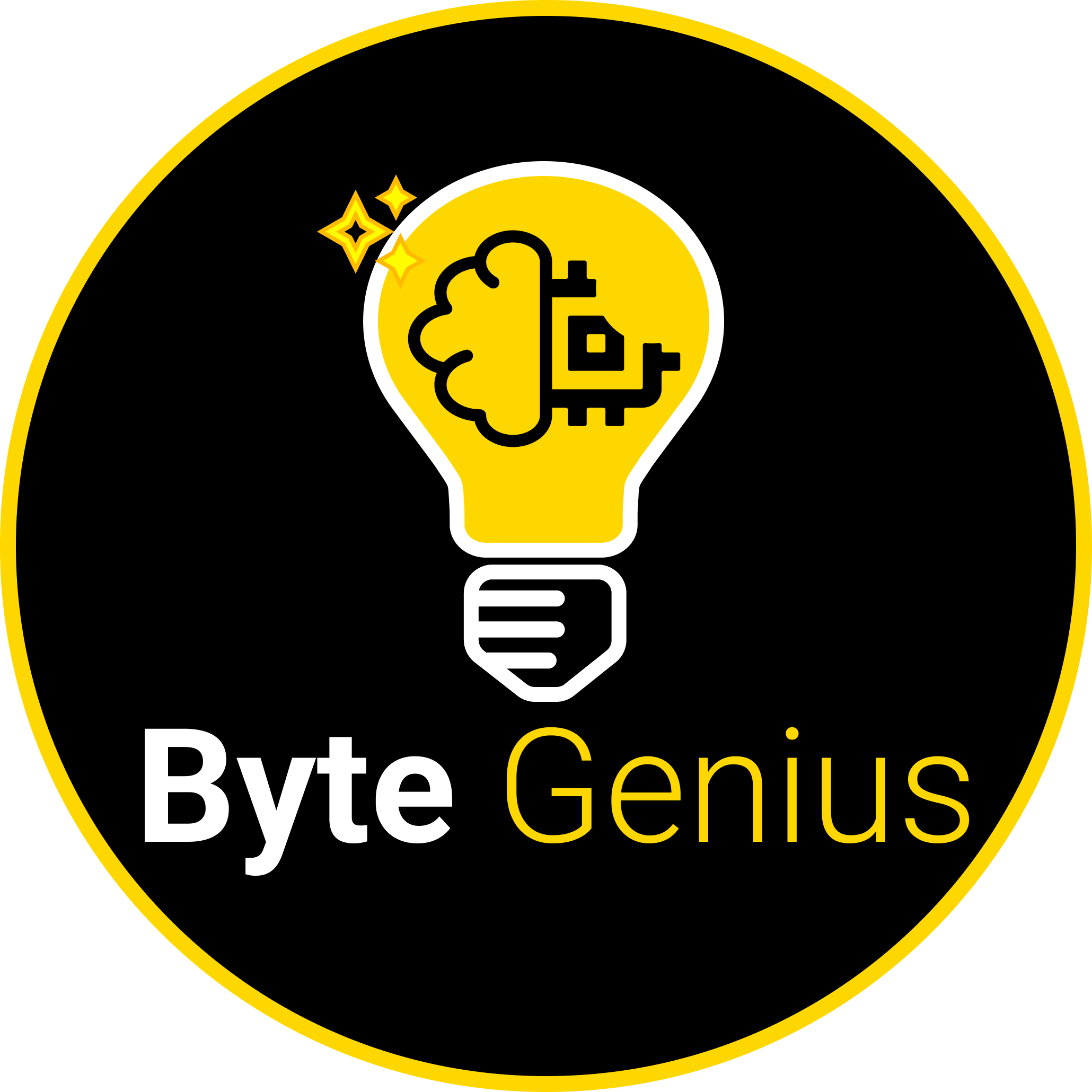Lightricks’ Open-Source AI Video Model Challenges Big Tech
Lightricks, the creators of the renowned photo-editing app Facetune, is taking a bold step into the generative AI market with its open-source video generation model, LTX Video (LTXV). The model, capable of producing high-quality five-second videos in just four seconds, represents a challenge to the closed ecosystems of tech giants like OpenAI, Adobe, and Google.
What Makes LTXV Stand Out?
1. Open Source Innovation
◦ Lightricks is making LTXV freely available to foster widespread adoption and innovation.
◦ The model will be hosted on platforms like GitHub and Hugging Face, licensed under OpenRAIL, encouraging both academic and commercial development.
◦ This contrasts with proprietary AI models that require costly API access.
2. Blazing Fast Performance
◦ LTXV generates videos in real-time, offering 121 frames at 768×512 resolution in just four seconds on Nvidia H100 GPUs.
◦ Even on consumer hardware like the Nvidia RTX 4090, the model performs efficiently, democratizing access to high-quality video generation.
3. Technological Advancement
◦ The Diffusion Transformer architecture ensures smooth motion and frame consistency, addressing key limitations of earlier models.
◦ Its compact design supports scalability for long-form video production, making it versatile for industries like gaming and e-commerce.
Lightricks’ Strategic Vision Co-founder and CEO Zeev Farbman argues that foundational AI models are becoming commodities, emphasizing the need for openness to stay competitive.
By releasing LTXV as open source, Lightricks aims to mirror the success of Meta’s Llama models, which gained traction in the AI community due to their accessibility.
Potential Applications
• Gaming: Upscale graphics in older titles or generate in-game cinematics.
• E-Commerce: Create thousands of ad variations for A/B testing, enhancing targeted marketing strategies.
• Content Creation: Empower independent creators and smaller studios to produce high-quality videos with limited resources.
Challenges in the Market
Lightricks faces stiff competition from entrenched players like Adobe, whose Creative Cloud suite integrates generative AI tools seamlessly into professional workflows. However, Farbman believes that openness and community-driven innovation are the keys to disrupting the dominance of these giants.
Why Open Source Could Win
Open-source models democratize access to cutting-edge technology, empowering developers, researchers, and creators. Lightricks hopes that LTXV will become a foundational tool for AI video, enabling the community to build and innovate on top of its architecture.
Farbman underscores the importance of collaboration:
“If you want to have a fighting chance as a startup versus the giants, you need to ensure the technology is open and adopted by academia and the broader community.”
The Road Ahead LTXV’s success depends on its adoption by researchers, creators, and industry professionals. By betting on openness, Lightricks is staking its future on the belief that collaboration, rather than competition, will define the next era of AI innovation.
Whether this gamble pays off remains to be seen, but Lightricks is making it clear: the race to define AI video’s future is as much about accessibility and community as it is about cutting-edge technology.

